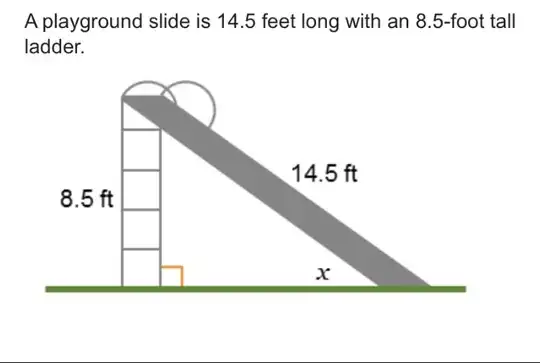We know that $V$ is directly proportional to $I$ for the same resistance. That means if we double the voltage, the current gets doubled. We also know that if a bulb or any other resistor works on a battery of say 2V, the resistor “takes away” 2 Joules of energy per Coulomb charge that passes through it.
Now that we have established what we already know, My question is: Say there is a circuit, with a battery of 2V, and the current flowing through it is 3A. The resistor present in the circuit is a bulb which by definition of potential difference “takes away” 2 Joules of energy per Coulomb charge that passes through it. If we double the P.D., the current should become 6A, but the bulb is still same!!! It should still only take 2J energy for every coulomb. It’s not like we change the bulb too every time we change Voltage. Therefore the energy for every coulomb charge should increase 2J for every rotation, increasing its energy indefinitely.
I may have the wrong understanding of Ohm’s law so please correct me if I’m wrong.
